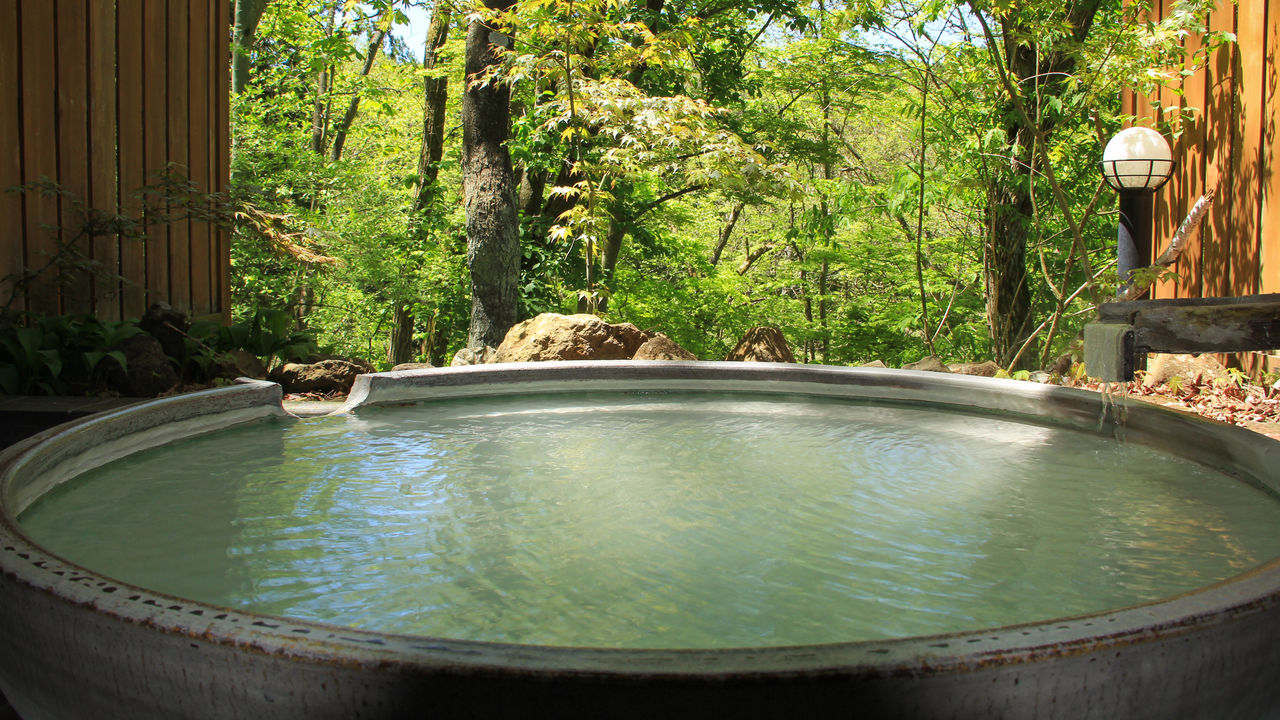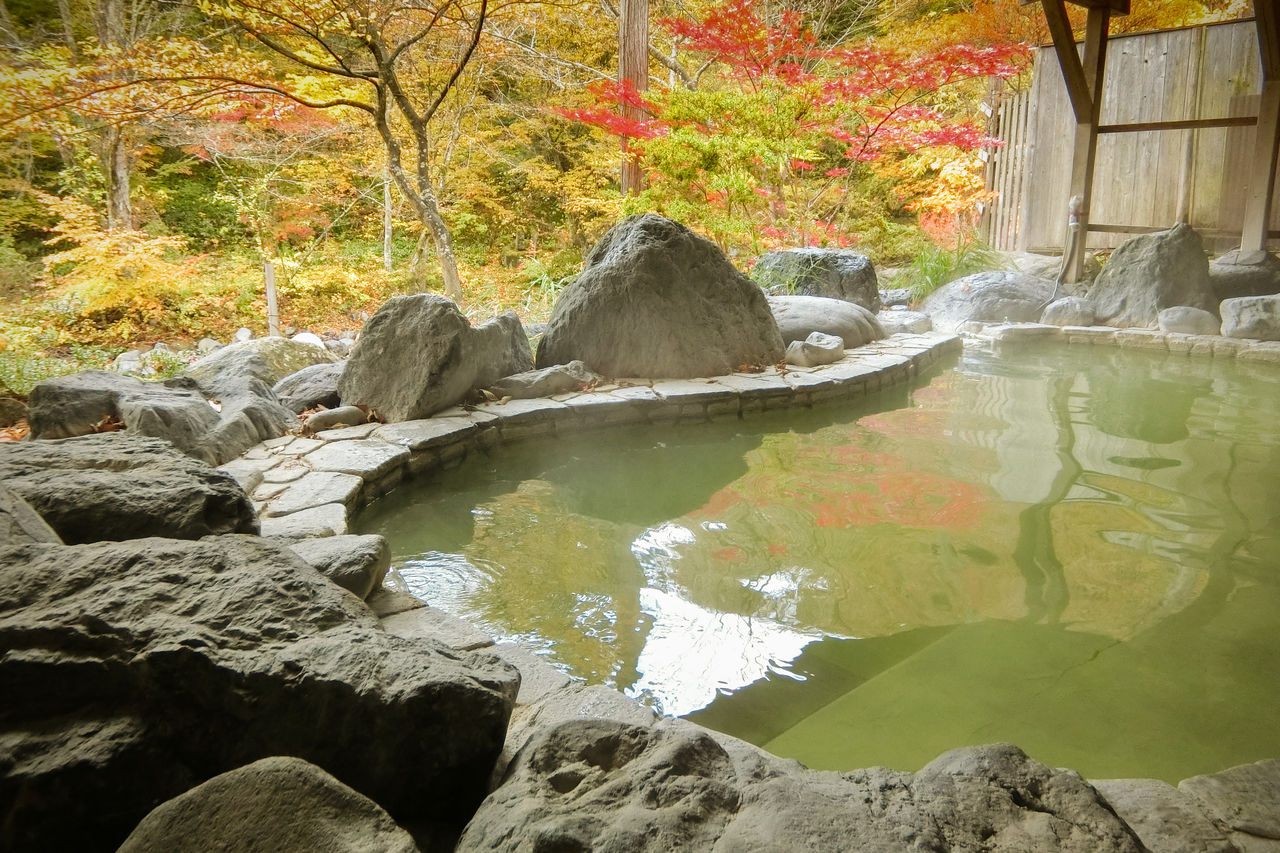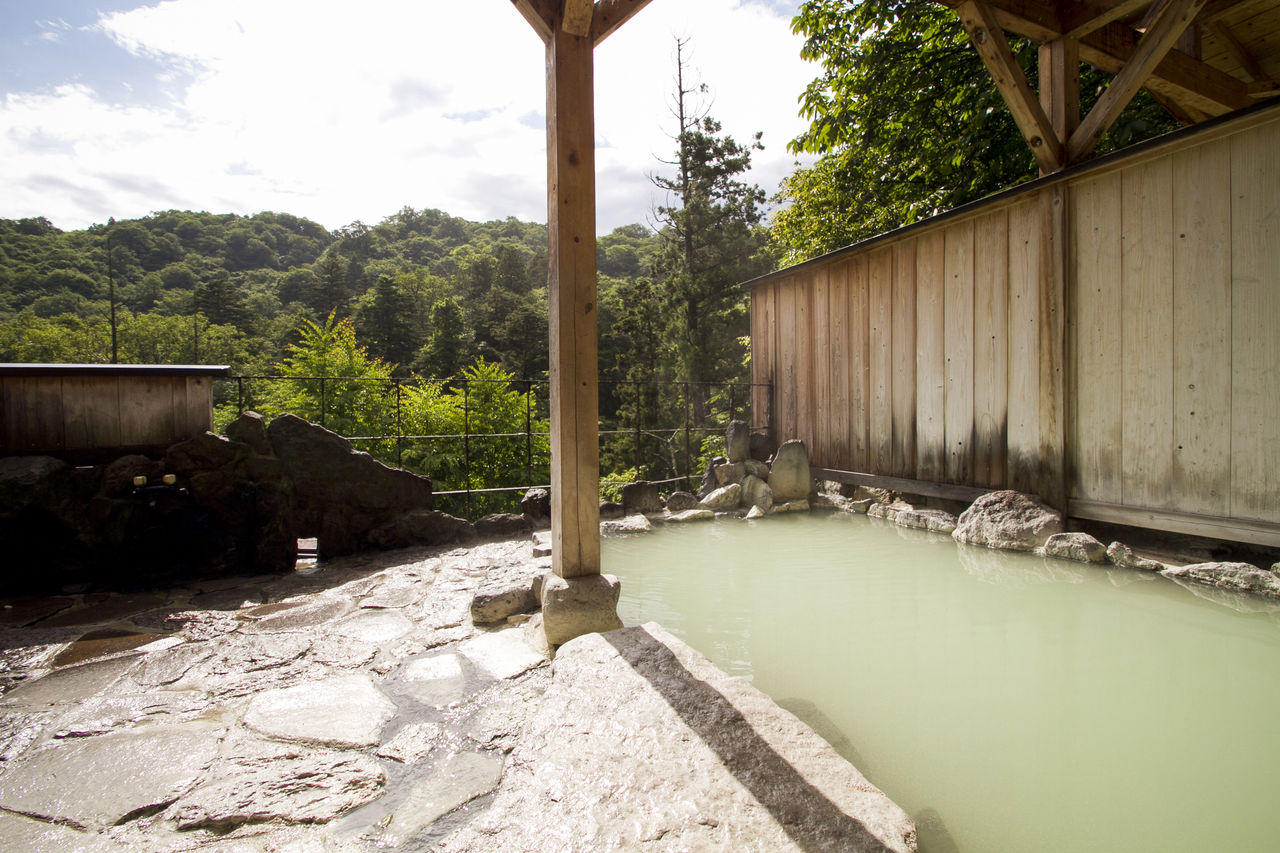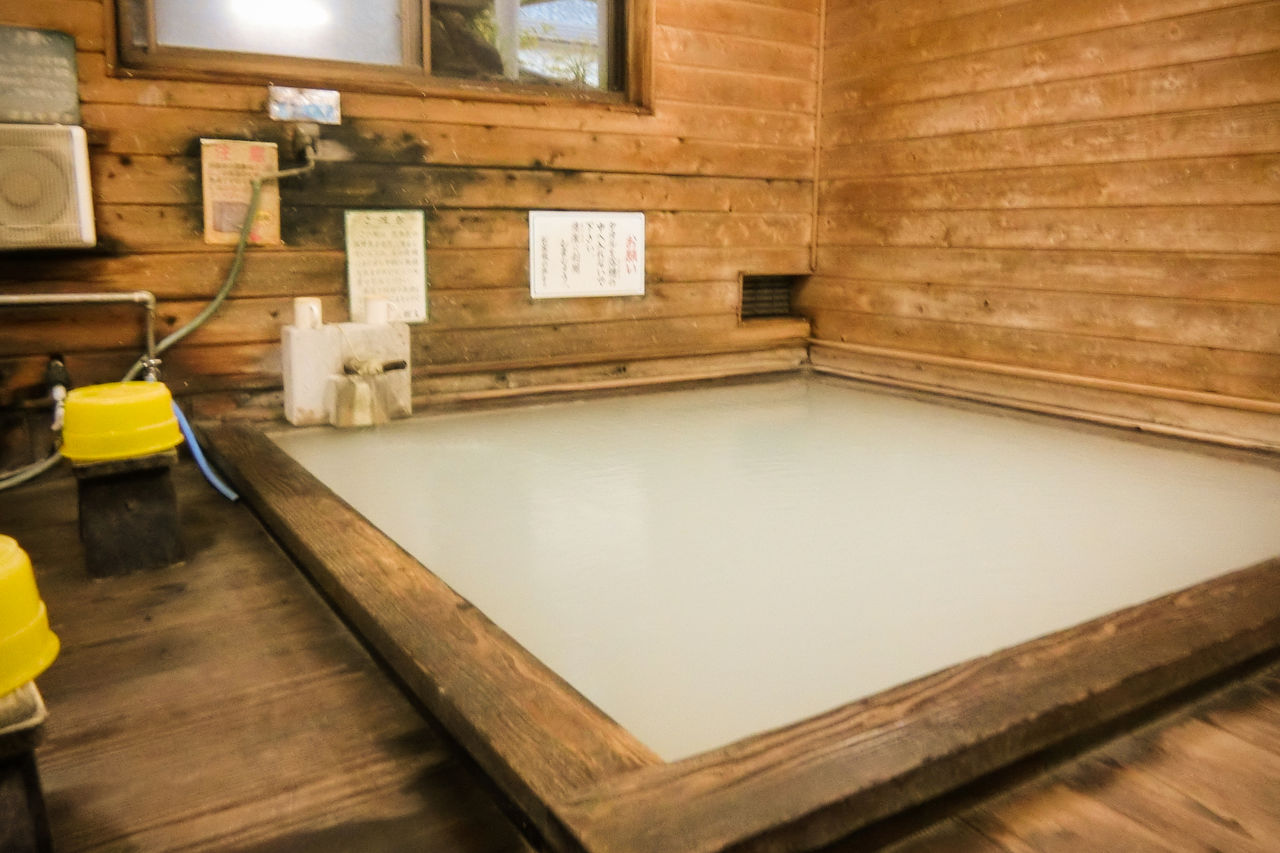
Tochigi’s Okushiobara Onsen: Soothing Springs a Short Trip from Tokyo
Guideto Japan
- English
- 日本語
- 简体字
- 繁體字
- Français
- Español
- العربية
- Русский
Some of the Best Quality Hot Springs in the Kantō Region
The waters of Shiobara Onsengō were discovered in 806, making them among the oldest hot springs in Tochigi Prefecture. The sources of the hot springs are dotted along the Hōki River, each with its own name and each having a different quality. Known as the Eleven Shiobara Hot Springs, they are Ōami, Fukuwata, Shiogama, Shionoyu, Hataori, Monzen, Furumachi, Nakashiobara, Kamishiobara, Motoyu, and Arayu.
Of these 11 springs, Motoyu and Arayu, to be found on the upper reaches of tributaries flowing into the Hōki River from the south, are collectively referred to as the Okushiobara Onsen (the Oku- prefix denotes an area “in the hills behind” the rest of the name). Set apart from the main part of the hot springs town, most of the baths in this area draw their waters directly from the source, pure and unfiltered. Here you can dip into a sulfur hot springs bath, rare in the Shiobara area, while enjoying lush natural surroundings.
Motoyu is home to the wellsprings from which the Shiobara hot springs started. The first baths in the area are said to have opened in the Heian period (794–1185). The baths at Gensenkan, one of the major inns there, are fed by three springs over which it maintains exclusive control, and the inn’s milky white and green-tinted baths are highly regarded by onsen aficionados.
 The indoor bath at the inn Ebisuya in the Motoyu district.
The indoor bath at the inn Ebisuya in the Motoyu district.
 Motoyu: A rotenburo outdoor bath at Gensenkan.
Motoyu: A rotenburo outdoor bath at Gensenkan.
 A rotenburo bath at the Motoyu inn Ōidekan.A small cluster of just four inns can be found at the Arayu hot springs, located midway between the northern entrance to the scenic Nichien Momiji Line and the Hunter Mountain Shiobara ski resort. There are three public baths, in addition to the baths at the inns, offering milky-white healing waters that can be enjoyed as a day trip. The area has a long history as a tōjiba, a hot springs health spa where people would stay for months at a time to health their illnesses and wounds, and still retains much of that atmosphere. The inn Keiunkaku has been in operation for 300 years. The three public baths include Mujina-no-yu, so-named after the local dialect for tanuki (raccoon dog) because the animals used the hot springs to soothe their wounds.
A rotenburo bath at the Motoyu inn Ōidekan.A small cluster of just four inns can be found at the Arayu hot springs, located midway between the northern entrance to the scenic Nichien Momiji Line and the Hunter Mountain Shiobara ski resort. There are three public baths, in addition to the baths at the inns, offering milky-white healing waters that can be enjoyed as a day trip. The area has a long history as a tōjiba, a hot springs health spa where people would stay for months at a time to health their illnesses and wounds, and still retains much of that atmosphere. The inn Keiunkaku has been in operation for 300 years. The three public baths include Mujina-no-yu, so-named after the local dialect for tanuki (raccoon dog) because the animals used the hot springs to soothe their wounds.
 The indoor bath at the Arayu inn Yusō Shirakaba.
The indoor bath at the Arayu inn Yusō Shirakaba.
Access to Okushiobara Onsen (from Tokyo)
By car: Get onto the Tōhoku Expressway at the Kawaguchi junction and exit at the Nishinasuno-Shiobara interchange (140 km; about 1 hour and 30 minutes). From there take National Route 400 about 18 km to the Nichien Toll Road (prefectural route 19) entrance; turn left and drive around 5 km to the Arayu district. To get to Motoyu from the Nishinasuno-Shiobara interchange, take National Route 400 around 19 km to the left turn marked for Motoyu and drive just over 3 km into the mountains. Each drive takes about 40–50 minutes.
By rail, bus, and taxi: Take the JR Tōhoku Shinkansen from Tokyo Station to Nasushiobara Station (about 1 hour 10 minutes). From the station take a JR bus going to Shiobara Onsen and get off at the Shiobara Onsen Bus Terminal (about 1 hour). Take a taxi from the bus terminal to Motoyu or to Arayu in Okushiobara Onsen. About 15 minutes. Motoyu and Arayu are connected by a narrow mountain road, but are around 4 km apart.
Shiobara Onsen Tourist Association
Web: http://www.siobara.or.jp/en
(Originally written in Japanese. Banner photo: Outdoor bath at the Arayu Okushiobara Kōgen Hotel. Photo courtesy of Shiobara Onsen Tourist Association.)
